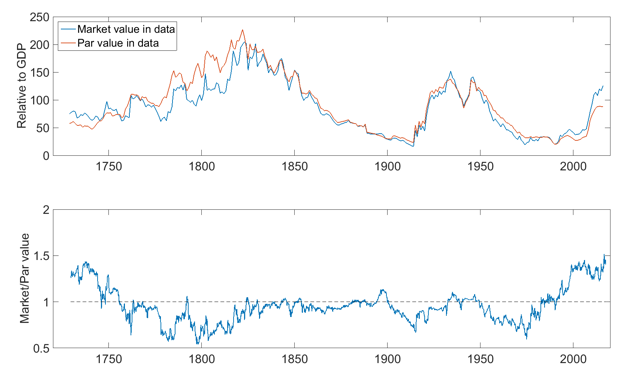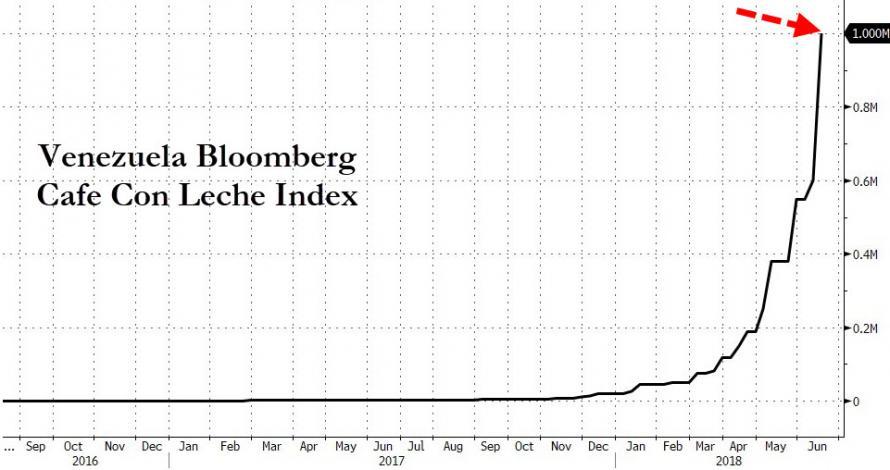Content

So in order to send money to the seller, let’s put those 0.2 BTC as fees for this transaction. Suppose the following bitcoins are received from the transactions. Dust is small amounts of coins that cannot be spent because they are less than the minimum transaction amount. However, over time, dust can add up and become spendable again. Unspent transaction output, or UTXO, refers to the unused outputs of a transaction. Therefore, one of your UTXOs might be worth 140 BTC, the second might be worth 100 BTC and the third might be worth 260 BTC.
- The concept of an Unspent transaction output can be difficult to grasp at first, but after sending a few transactions and looking them up on a block explorerWhat Is A Block Explorer?
- The last structure in a transaction is Lock Time, which marks whether a transaction can be added to a blockchain immediately or after some time.
- Wallets can determine the user’s balance by tracking their UTXOs, making it easy to manage funds.
- Conversely, the account model simplifies the task of storing the ‘state’ of transactions, but this ease doesn’t necessarily imply superiority.
The reason why you can’t directly send 100 BTC from your wallet is that you don’t have any UTXO that’s worth exactly 100 BTC. If you want to buy $10 merchandise, you can’t just simply tear a $20 bill in half. Therefore, you need to send the entire bill and receive a change in return.
The technical UTXO model
By consolidating multiple UTXOs into a single output, it’s possible to create an output that can only be spent if certain conditions are met. In a nutshell, the two models might aim for a similar goal, which is to pay money to people. However, each option has its own benefits and limitations that should be taken into consideration. This is great for blockchains like Bitcoin because they aim to develop electronic money. On the other hand, the account model offers more usability and is very intuitive for users.
UTXOs are small, unspent chunks of cryptocurrency leftover from transactions in certain cryptocurrencies. They are recorded in the UTXO database and used in later transactions. Although you observe just one balance, your funds are actually comprised of several UTXOs. You may have four UTXOs worth 25 bitcoin each, two UTXOs worth 50, or a set of UTXOs valuing 37, 18, 40, and 5 bitcoin. The specific amounts don’t matter, but they must add up to your total balance, in this case, 100. Basically, it’s the amount of leftover cryptocurrency change that you receive from each transaction.
This reward is known as the block reward or the coinbase transaction. The coinbase transaction creates a new UTXO (Unspent Transaction Output) that the miner can spend in future transactions. In Bitcoin, however, the creation of funds and changes in balances use a different accounting system from what traditional fiat money databases use. On the contrary, the account model preserves a record of each account and its corresponding balance for every block added to the network.
The Benefits of UTXOs
First, the examples above are not exactly accurate because you would need to pay the transactions fees for executing your trade. It’s also important to state that not all blockchains use the UTXO model. Using basic arithmetic, coins and tokens are added and subtracted from each wallet to provide a final balance after every transaction. Only unspent outputs can be used for an accepted transaction in a blockchain system (such as Bitcoin). The blockchain is a canonical list of all the transactions that were ever recorded by the network. By tracing through them, we can construct what is known as a transaction history graph.

Every output can be traced in this way all the back to the instant where it was first created by a coinbase transaction. Blockchain utilizes a P2P (Peer to Peer) network, where participants present on the network are called nodes. It is a chain of blocks, where its most significant feature is that blocks are cryptographically linked together.
What Is the UTXO Model?
You can then use this unspent transaction output to make more purchases or transfers in the future. The 0.5 BTC sent to Bob is now a new UTXO, which he can use in future transactions. When a UTXO is spent, it is consumed entirely, and new UTXOs are created in the process. These new UTXOs can then be used in subsequent transactions, continuing the cycle of inputs and outputs. An unspent transaction output is the result of a transaction that a user receives and is able to spend in the future. This is true because, as the name suggests, it is the unspent output of a transaction.

First, let’s look at where the name “unspent transaction output” comes from. For any bitcoin transaction (or any transaction at all, for that matter) there are inputs and outputs. The inputs are the previous owners of the money, and the amount of money they are sending. The outputs are the new owners of the money, and the amount they are receiving.
The Transaction
The bitcoin balance on any bitcoin address is identified by the extended public key (Xpub). The total UTXOs present in a blockchain represents a set and is being constantly maintained by every bitcoin node. Once an output is unlocked, they are removed from the circulating supply. Thus, the sum of the unlocked outputs will always be equal to the sum of values of the newly created outputs.

By tracing across them, we may form what is known as a transaction history graph. In this way, every output can be traced back to the instant it was created via a cryptocurrency transaction. The collection of all the UTXOs at any moment is called the UTXO set and is being constantly maintained by every Bitcoin node. Technically they are known as the chainstate and are stored in the chainstate data directory of a node.
You can think of your unspent transaction outputs as bitcoin that you haven’t spent yet. When you spend a UTXO, that particular fraction of a bitcoin gets spent and becomes a new UTXO at the receiving address. When that address spends it, it becomes the unspent bitcoin of another address and so on… This cycle continues forever as bitcoin circulates globally. Owning a fraction of a bitcoin is actually owning 1 or more unspent transaction outputs. UTXO is short for unspent transaction output and is any particular fraction of a bitcoin that has not been spent. A single UTXO can hold any amount of bitcoin such as a fraction of a bitcoin or multiple bitcoin.
- The Extended UTXO (EUTXO) model, for example, introduces more explicit and cleaner state transitions, reducing the potential for unexpected outcomes.
- Transactions can also be the…, each input is an existing UTXO being destroyed and each output is a new UTXO being generated.
- Blockchain technology may have been around for more than a decade now, but there are still many people who don’t understand the fundamental aspects of how the system actually works.
- Nearly all transactions create UTXO because most are not in increments of whole numbers.
- Other than that, UTXO is also used to make sure that no funds are spent twice, hence eliminating the double-spending issue.
This activity is what keeps the total circulating supply of Bitcoin and other cryptocurrencies constant. A UTXO, therefore, implies a cryptocurrency value that is locked up in a blockchain, and each transaction can be traced down to the first instant it was created. The UTXO model is an important part of how many blockchain systems, including Bitcoin, work. When a new block is mined in the Bitcoin network, the miner who successfully mines the block is rewarded with a specific amount of newly minted bitcoins.
Full nodes must maintain a copy of the UTXO set, which can become a challenge as the number of UTXOs increases. To address this issue, some pruning techniques have been introduced, which help reduce the size of the UTXO set. Since transactions do not reference user accounts or identities, utxo stands for UTXOs provide a degree of privacy to users. Though not fully anonymous, the Bitcoin network offers a level of pseudonymity that makes it difficult to link transactions to individuals directly. UTXOs can be processed in parallel, enabling faster transaction times and increased scalability.
We’re always keen to hear from bitcoiners from around the world. If you plan to own Bitcoin, you must understand how UTXOs work. As the Bitcoin landscape evolves and new technologies emerge, it is crucial to understand the underlying mechanisms that power these networks. We’ve already seen UTXOs used in second-layer solutions like peg-ins on Liquid and State Chains, while UTXOs provide the anchor for HTLCs and PTLCs, which create Lightning Channels. Each full node in the Bitcoin network maintains a copy of the UTXO set. The number and sizes of UTXO in your wallet will naturally vary over time.


